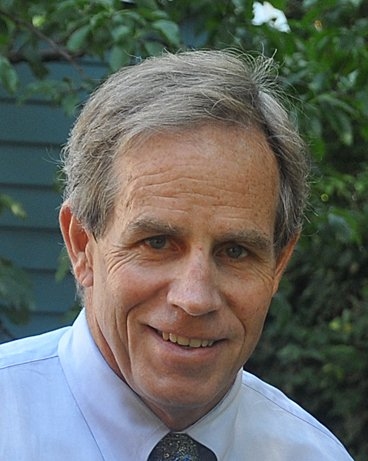The Federal Aviation Administration (FAA) recently named MIT as a co-leader of its new Air Transportation Center of Excellence (COE) for alternate jet fuels and the environment.
The MIT Department of Aeronautics and Astronautics’ International Center for Air Transportation (ICAT) and Laboratory for Aviation and the Environment (LAE) will lead the COE’s research in meeting the FAA’s Next Generation Air Transportation System aviation environmental impact goals. Washington State University will co-lead the COE, concentrating on alternative-fuels research.
ICAT director R. John Hansman will head the COE program office at MIT. ICAT will focus on environmentally efficient operations. LAE, under the direction of assistant professor Steven Barrett, will research aviation’s broad environmental impact.
“This center will be an important contributor to developing sustainable approaches to aviation,” says Hansman, a professor of aeronautics and astronautics. “And, sustainability is one of the most important things we can do to strengthen the future of air transportation. In this new Center of Excellence, the FAA has assembled an exceptional team combining expertise in all important aspects of the challenge.”
MIT and Washington State will coordinate the efforts of all 16 COE research partners, which include Boston University, Oregon State University, Purdue University, the University of Dayton, the University of Illinois at Urbana-Champaign, the University of Pennsylvania, the University of Washington, Missouri University of Science and Technology, Georgia Institute of Technology, Pennsylvania State University, Stanford University, the University of Hawaii, the University of North Carolina at Chapel Hill, and the University of Tennessee.
The FAA’s COE program is a cost-sharing research partnership among academia, industry and the federal government. The FAA anticipates providing the COE with $4 million annually during the center’s 10-year lifespan.
The selected university members have nationally recognized environmental and aviation-related education programs. The schools’ leading engineering and science faculty will perform the research with substantial engagement of graduate and undergraduate students, as well as postdocs.
“The FAA continues its goal to improve national airspace system energy efficiency by at least two percent per year, and to develop and deploy alternative jet fuels for commercial aviation, with a target of one billion gallons of alternate jet fuel in use by 2018,” FAA administrator Michael Huerta says. “This Center of Excellence is a valuable tool to provide the critical data we need to reach these goals.”
The FAA has established other centers of excellence, involving more than 75 universities, which focus on research and education in a number of other topical areas, including commercial space transportation, aircraft noise and aviation emissions mitigation, and airport pavement and technology.
AeroAstro labs will research sustainable aviation solutions for the FAA.
Publication Date:

Caption:
AeroAstro Professor R. John Hansman will head the Air Transportation Center of Excellence for the Environment and Alternate Jet Fuels MIT program office.
Credits:
Photo courtesy of the MIT Department of Aeronautics and Astronautics





